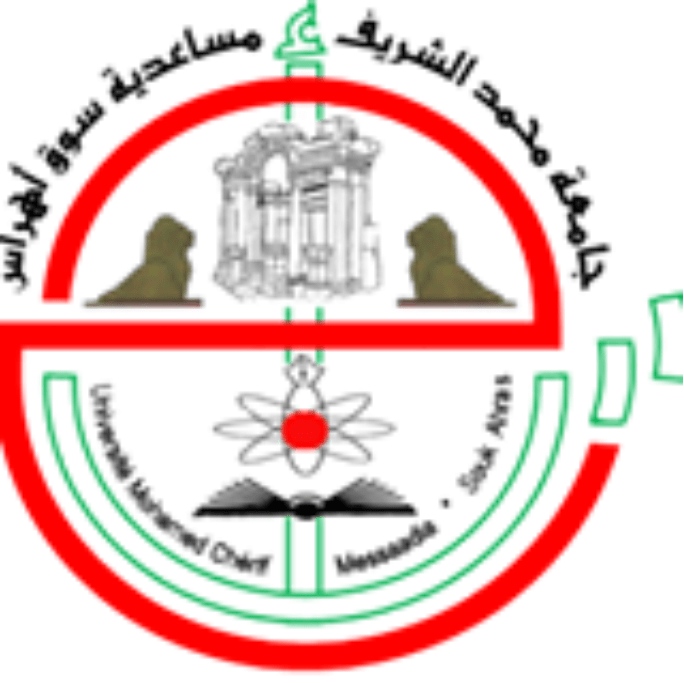Analyse De La Biodiversité Des Populations D'abeilles Mellifères Apis Mellifera Intermissa (buttel-reepen, 1906) (hymenoptera : Apidea) Dans Le Nord Algérien : Morphométrie Moderne Basée Sur La Configuration Des Points- Repères (landmarks).
Résumé: In this thesis: the biodiversity of the local honeybee breed of Apis mellifera intermissa was analyzed for the first time in Algeria by using modern morphometric technics based essentially on the configuration of landmarks that are part of the geometric morphometrics. This allows making synthesis, at the desired accuracy level, of the geometry of an object, among other things, living organisms such as insects. It has a precise and rigorous mathematical basis which guarantees robust statistics. The main aim is to study and quantify the wing shapes variability (shapes + centroid sizes) of the regional populations of bees or the Tellian bee ecotypes. A total of 3.400 worker bees of A. m. intermissa was collected from hived colonies throughout the northern parts of Algeria, between 35°19’N-37°01’N and 00°54’W-8°06’E. Results showed a clear differentiation, mainly between the bees’ population or ecotypes belonging to three different ecological regions from floral and climatic point of view. Several fields of multivariate statistical analyses have been carried out. For all the 6.580 studied wings, the recorded wing forms differences involve mostly the shape parameters of the AA and AP, while wing size contribution is generally weak. Indeed, bee populations present important differences in terms of their wing geometry. Within ecological regions, shape variability between apiaries and colonies does not appear related either to the geographic location or to altitude. The large variability observed at the colony and apiary levels can possibly be related to anthropogenic introductions or exchanges between beekeepers. The wing shape variability seems very structured. It was also concluded that both drift and polyandry are the most probable explanations for wing shape variability. The neighbor-joining trees of Mahalanobis distances D² have clearly underlined the absence of geographical differentiation of colonies within each of the three regions. At the regional level and for bee populations, the large differences calculated by the generalized variances, highlighted the wing forms heterogeneity at the intra-colonial and intra-apiary level. The visualization of wing deformations has shown shapes differences, which exist between the NE, NC and NO ecological zones and that affecting all wing cells. Finally, phenotypic differences between ecological regions probably result from restrictions to gene flow between their respective populations, in other words, a genetic divergence that would result from limited gene flows between regions and large gene flows within. Nevertheless, the relative contributions of local adaptations to environmental factors and to beekeeping remain to be established. shape, size, wings, wing venation, ecotypes.
Mots-clès:
Nos services universitaires et académiques
Thèses-Algérie vous propose ses divers services d’édition: mise en page, révision, correction, traduction, analyse du plagiat, ainsi que la réalisation des supports graphiques et de présentation (Slideshows).
Obtenez dès à présent et en toute facilité votre devis gratuit et une estimation de la durée de réalisation et bénéficiez d'une qualité de travail irréprochable et d'un temps de livraison imbattable!


